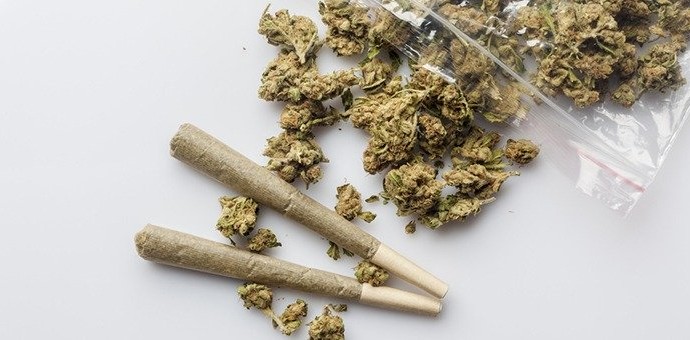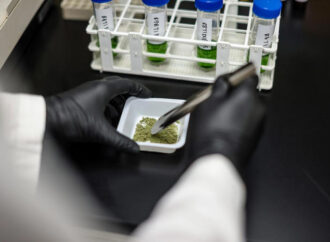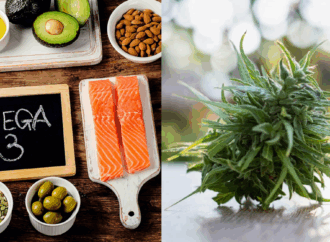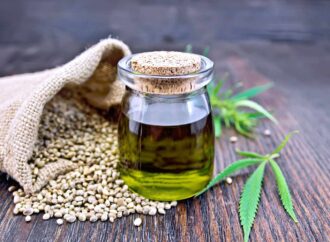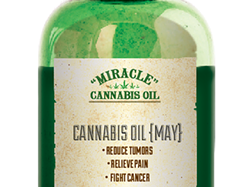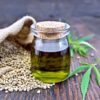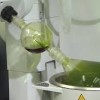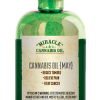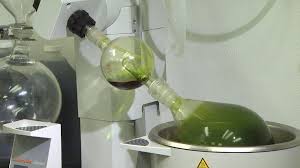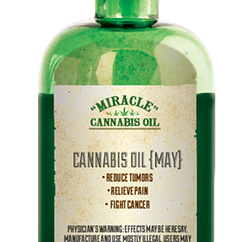What’s the evidence behind medical cannabis? While many attest to its healing powers, research into the full potential has long been legally restricted. The movement to legalize medical marijuana has its roots in the 1980s and early 1990s, the worst days of the US Aids epidemic. The disease was a death sentence, and stricken young
What’s the evidence behind medical cannabis? While many attest to its healing powers, research into the full potential has long been legally restricted.
The movement to legalize medical marijuana has its roots in the 1980s and early 1990s, the worst days of the US Aids epidemic. The disease was a death sentence, and stricken young men sought out marijuana for relief and solace. In San Francisco’s Castro District, a gay Vietnam veteran named Dennis Peron ran an illegal dispensary to supply them. Peron went on to co-write Proposition 215, which California passed in 1996, becoming the first state to allow medical marijuana – med for short.
While cannabis contains scores of chemicals, the most familiar are tetrahydrocannabinol (THC), which gets people high, and cannabidiol (CBD), a non-psychoactive compound often associated with medical benefits. Beyond this point, little is known about the plant’s capabilities and limitations as medicine, at least compared to any drug available in pharmacies.
A US study found a significant reduction in demand for pharmaceuticals to address conditions like anxiety, depression, and pain, in states where med is legal. Some patients clearly prefer med. what’s not yet known is how well it performs relative to conventional medicine.
When the stakes are some form of mild discomfort, it may be tolerable to let someone experiment with med as they like. At other times more specificity is needed. US veterans groups overwhelmingly support med research following anecdotal evidence that it helps with post-traumatic stress disorder.
According to the US National Cancer Institute: “Studies in mice and rats have shown that cannabinoids may inhibit tumor growth by causing cell death, blocking cell growth, and blocking the development of blood vessels.”
Read more at The Guardian
